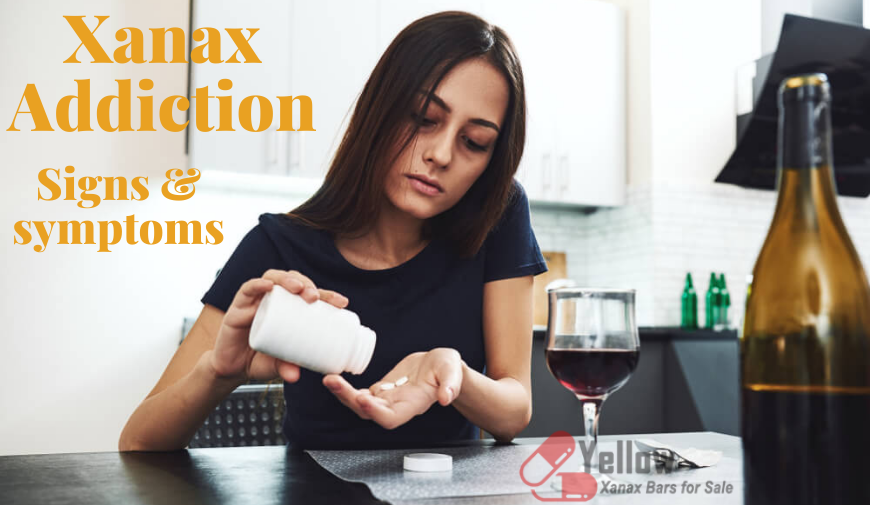
Signs and symptoms of xanax addiction
Xanax Addiction
Xanax is a brand drug also sold under the generic name alprazolam. Alprazolam is a drug that may cause addiction or physical dependence. In some cases, addiction is commonly prescribed. People take this drug exactly as their doctor recommends. It is used to treat stress, generalized anxiety, and panic disorder. However, some people also obtain it illegally.
When Xanax is taken as prescribed, it can be effective, but this class of drug does carry a high potential of abuse and addiction, primarily when handled incorrectly. Due to its high risk of addiction, it is necessary to understand how it can affect your brain and body when misused.
Xanax, like other benzodiazepines, is a CNS stimulant that works in the patient’s brain. It increases the GABA or gamma-aminobutyric acid, which reduces brain activity. It results in the sense of drowsiness and calmness, which makes them effective at treating anxiety and panic disorders.
What is Xanax addiction?
Xanax addiction occurs when a person’s substance use causes changes in the brain chemistry, which results in uncontrolled use, regardless of the harmful consequences. Abuse from this drug can begin when an individual is not taking the medication as prescribed,
As you take Xanax over time, your brain and body can become physically dependent on the medication. When you reduce its use or stop taking it altogether, you can experience withdrawal symptoms. The desire to avoid these symptoms may result in some keep taking this drug.
It is necessary to know that dependency is not the same as addiction in some cases. However, many people who develop dependence are more likely to get addicted to the substance of abuse.
Xanax Addiction Symptoms
Substance use disorders are quite difficult to identify in oneself or others, so it can be helpful to know the common symptoms associated with SUDs. While it is best for health care providers to make a formal diagnosis, the following criteria can be beneficial to identify substance use disorder. If you have been experiencing two or more of the following symptoms in the past 12 months, it is time to take treatment for Xanax addiction.
- I am taking it in heavy amounts or for a longer time duration than initially intended.
- Most of the daily activities revolve around the substance’s significant time spent obtaining and recovering from the drug use and its effects.
- Cravings or an intense desire to take this drug
- Continued use of xanax even when social or interpersonal consequences arise.
- Recurrent use of this drug results in a failure to significant obligations at school, home, or work.
- They are giving up important occupational, social, or recreational activities due to the use of this drug.
- Withdrawal symptoms
- Tolerance results in the requirement of more medications to achieve the desired effect.
Benzodiazepines such as Xanax can initially cause drowsiness or sedative effects. With continued misuse of the drug, an individual may experience:
- poor focus or slurred speech
- confusion or headache
- dizziness, dry mouth, or light-headed feeling
- seizures or skin rashes
- slowed breathing, lowered blood pressure, or issues in memory and movement.
It is necessary to call for immediate help if any of these symptoms are present.
Withdrawal from Xanax
If you take Xanax for a prolonged time than prescribed or you suddenly stop taking it or reduce its use, you may experience acute withdrawal symptoms, some of which may be fatal or life-threatening. Withdrawal symptoms can begin in few hours after the last use of the medication.
Withdrawal symptoms of Xanax include agitation, seizures, insomnia, hallucination, seizures, sweating, intense craving, anxiety, increased heart rate, muscle cramps, or tremors.
To reduce the withdrawal symptoms from Xanax, your health care provider may advise you detoxification the program, as withdrawal from a potent drug such as Xanax can be fatal or dangerous. Medical treatment from your health care professional provides a safe environment with supervision of 24 hours where a person can detox the medication with the help of the professionals.
What happens when you mix Xanax with alcohol or other medications
As Xanax can cause severe side effects and has a high potential of misuse on its own, it is very dangerous to mix it with alcohol or other medications. Especially opioids.

Food and Drug Administration in 2020 reviewed that potent benzodiazepines such as Xanax are widely misused along with alcohol, opioid drugs, or other illicit medications. This combination of alcohol and Xanax can increase the risk of severe complications when taking Xanax. Mixing them together or other benzodiazepines with opioids can be dangerous. It can cause sedative effects or suppress your breathing, which may often cause overdose fatalities.
If you have been prescribed Xanax, it is necessary to consult your health care professional about which drugs you are taking or planning to take before using Xanax to prevent any adverse effect combinations.
Xanax addiction treatment
Xanax addiction is a complicated condition, but it is treatable. If you are struggling with the addiction to Xanax, you are not alone, and its treatment is available. Treatment for addiction to Xanax occurs on a continuum and can involve different types of treatment with varying degrees of intensity. It is necessary that treatment of addiction from xanax is tailored to the individual to address the whole person, including physical, psychological, vocational, or social needs.
Detoxification
Detox of drugs is an essential initial step in the recovery process. It can occur in both outpatient and inpatient facilities and should include these three necessary components: stabilization, evaluation, assessment, or promoting readiness for treatment.
It is necessary for an individual to detox from central nervous system depressants under expert supervision only so they can taper it gradually. There is currently no approved medication by FDA to treat addiction to a potent drug such as Xanax.
Inpatient treatment
It takes place in a facility that provides a safe environment for the treatment, which provides around-the-clock care. This Xanax addiction treatment can last anywhere from a few weeks to a few months, depending on the needs of every person. Inpatient care may include:
- medically managed inpatient services, with 24 hours nursing care and daily physician care as well as counseling that is available 16 hours a day.
- Residential inpatient services with 24 hours of care by trained medical professionals or counselors.
Behavioral therapy
It is another necessary aspect of the treatment of addiction from drugs and can be helpful in treating it. Behavioral therapies may include family, group, or individual counseling in both outpatient and inpatient settings.
There are various types of behavioral therapy, including contingency management, cognitive behavioral therapy, 12-step facilitation, or motivational enhancement.
Conclusion
Xanax addiction is a treatable problem. Although the outcomes of treatments are comparable to that of another chronic condition, recovery is an ongoing process that can take some time. Kindness, patience, and forgiveness are critical. So, do not get afraid to reach for help if you need it. Your health care professional can help you find the proper resources in your area.

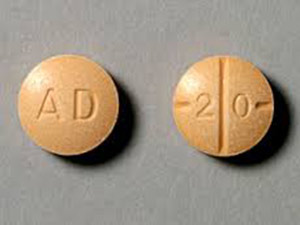
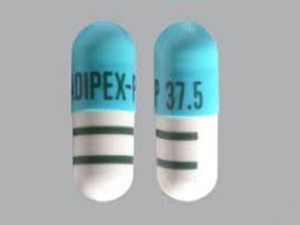
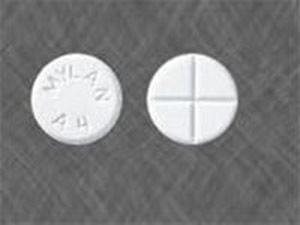
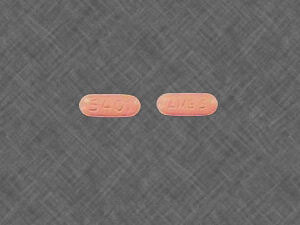
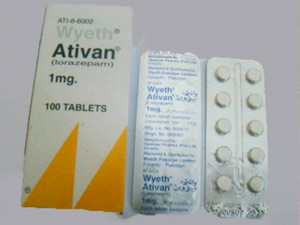
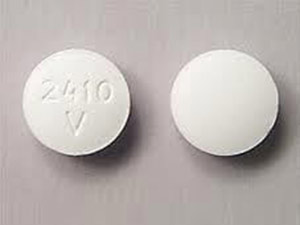
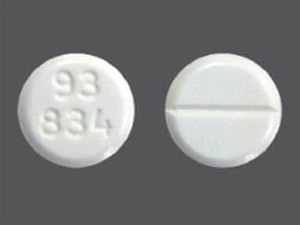
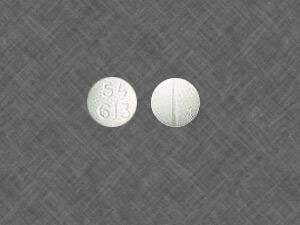

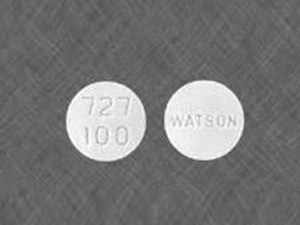
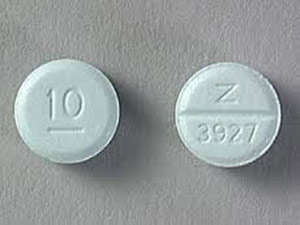
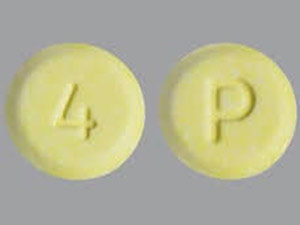
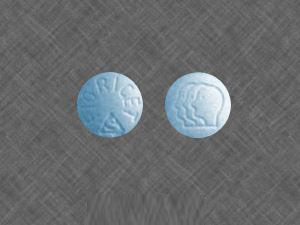
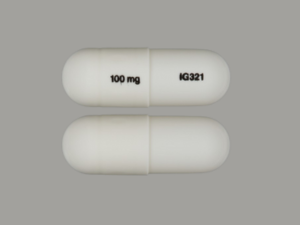
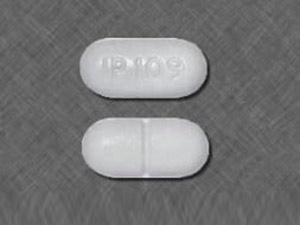
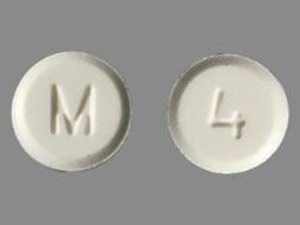
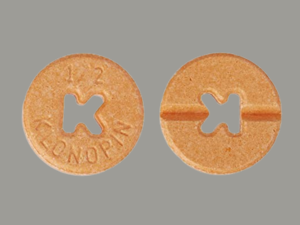
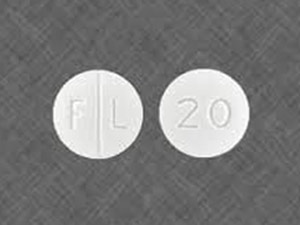
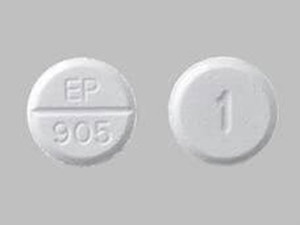

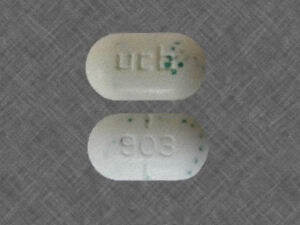
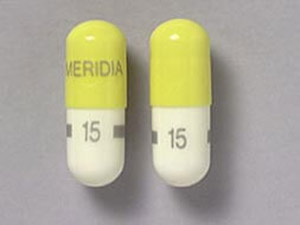
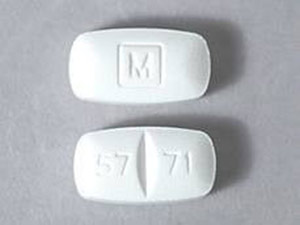
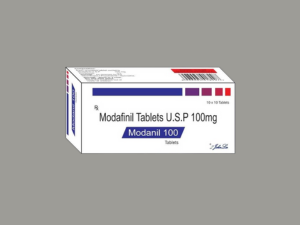

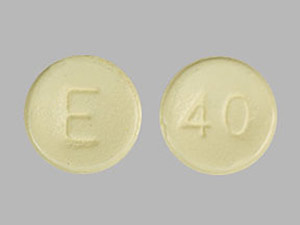
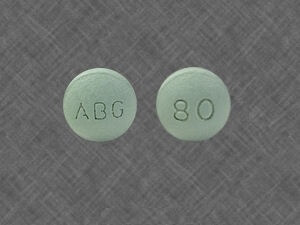
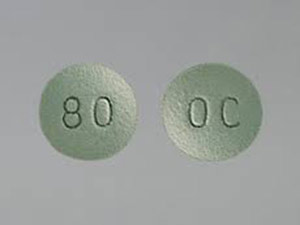

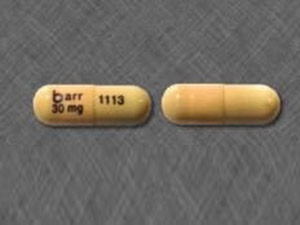
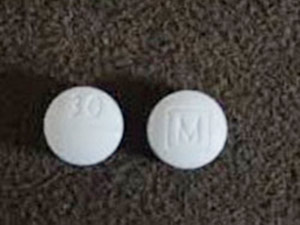
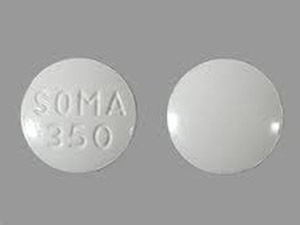
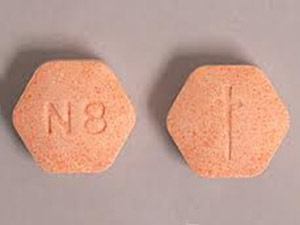
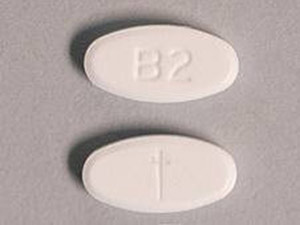
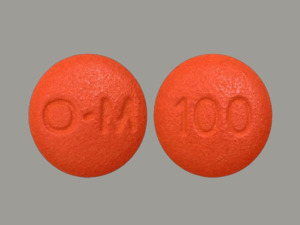
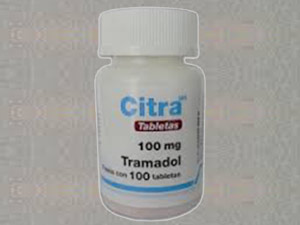
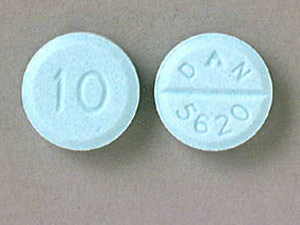
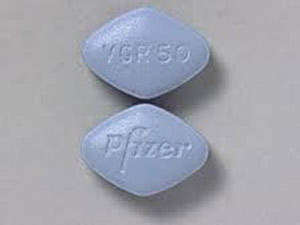

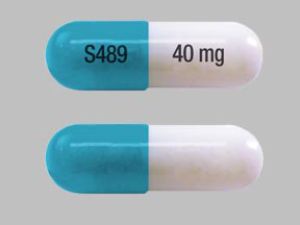
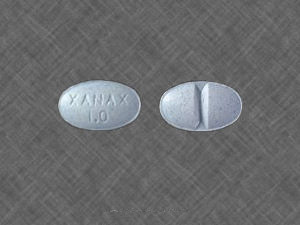
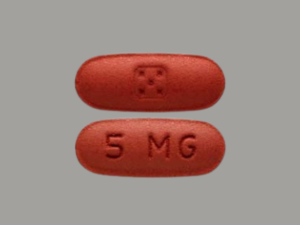
One thought on “Signs and symptoms of xanax addiction”